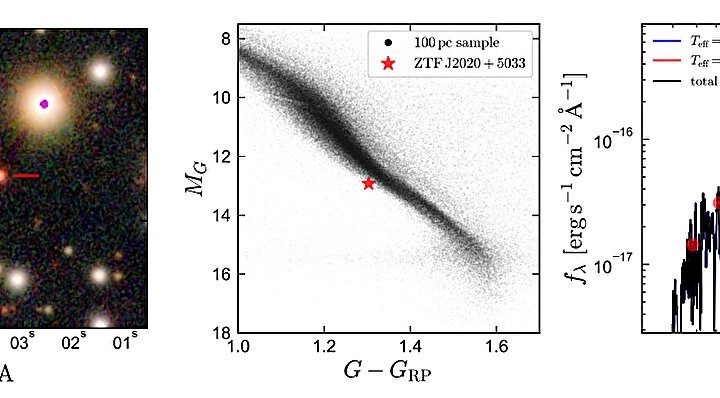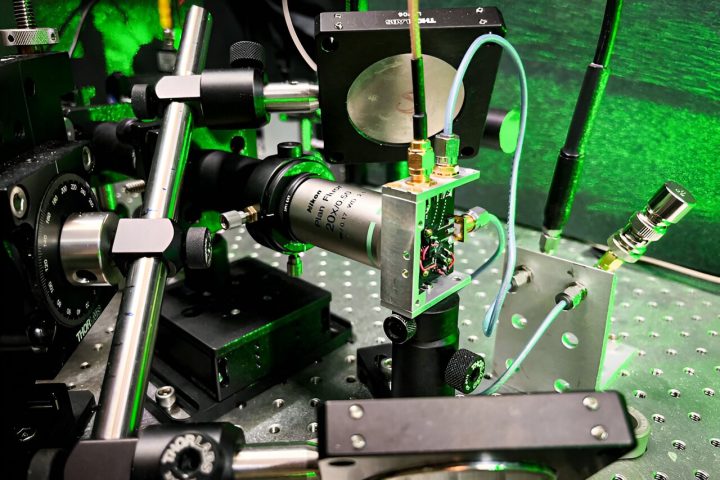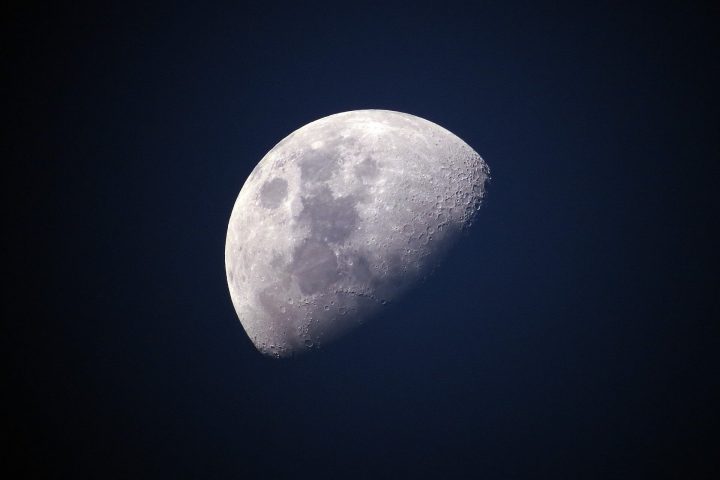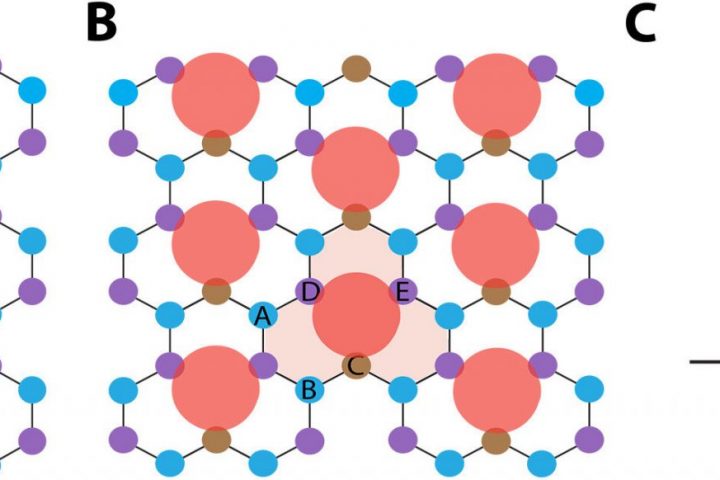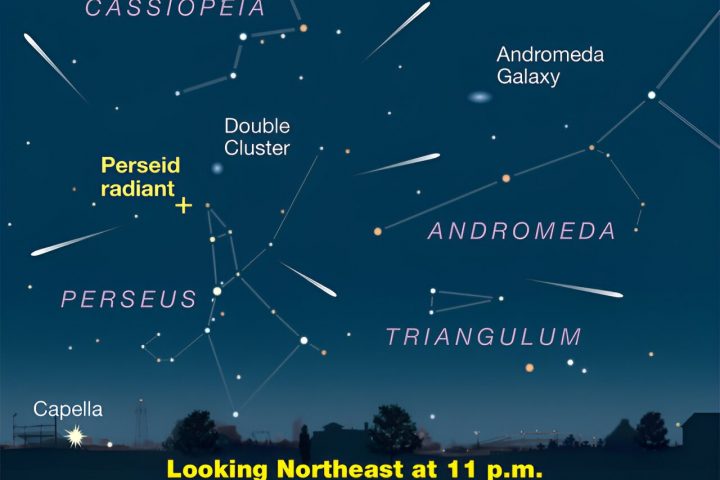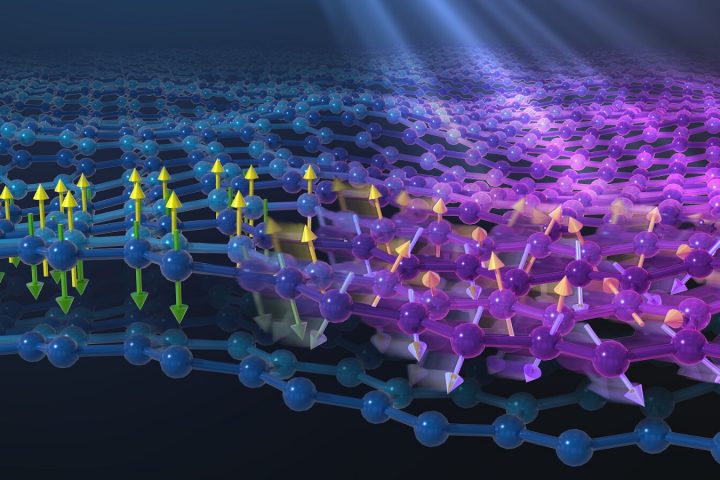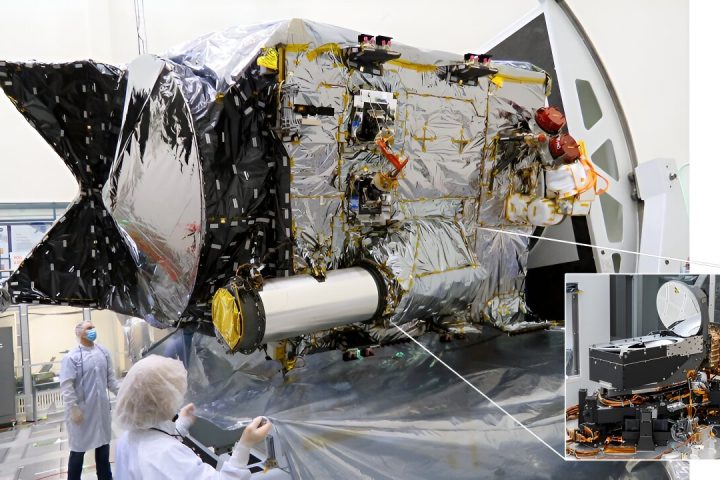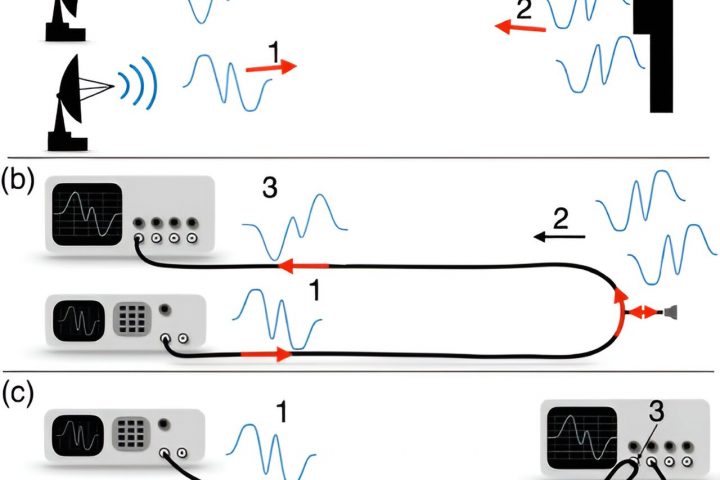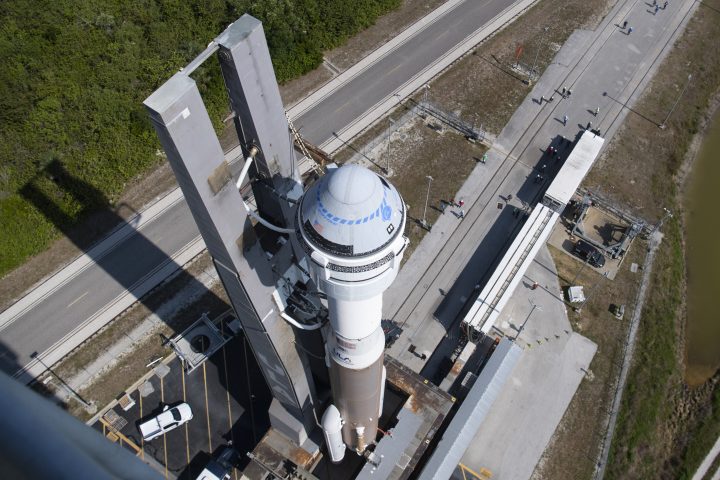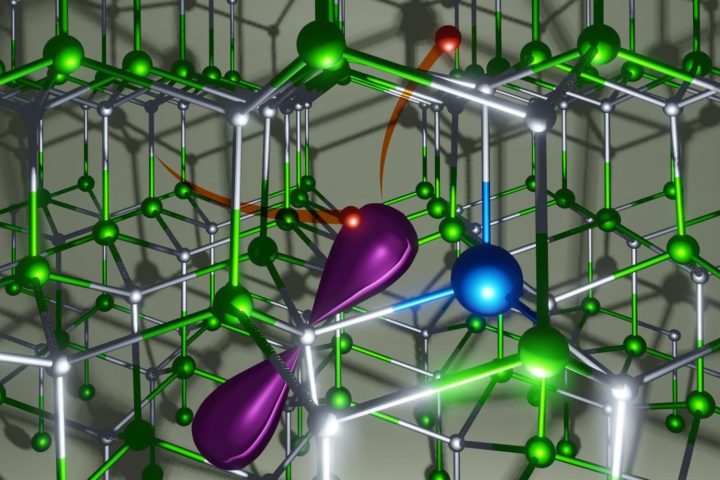Japan's XRISM (X-ray Imaging and Spectroscopy Mission, pronounced "crism") observatory, expected to launch Aug. 25 (Aug. 26 Japan local time), will provide
A small team of astrophysicists from the California Institute of Technology, the MIT Kavli Institute for Astrophysics and Space Research and the
Electronic devices typically use the charge of electrons, but spin—their other degree of freedom—is starting to be exploited. Spin defects make crystalline
Russia said Monday it plans to launch a lunar lander this week after multiple delays, hoping to return to the Moon for
Rice University physicists have shown that immutable topological states, which are highly sought for quantum computing, can be entangled with other manipulable
The Perseid meteor shower, a celestial event eagerly awaited by millions of skywatchers around the world, is about to make its annual
A common metal paper clip will stick to a magnet. Scientists classify such iron-containing materials as ferromagnets. A little over a century
Set to launch this fall, NASA's Deep Space Optical Communications (DSOC) project will test how lasers could speed up data transmission far
New interference radar functions employed by a team of researchers from Chapman University and other institutions improve the distance resolution between objects
Already running years behind, Boeing's first astronaut flight is now off until at least next March. Problems with the parachute lines and
Defects often limit the performance of devices such as light-emitting diodes (LEDs). The mechanisms by which defects annihilate charge carriers are well




